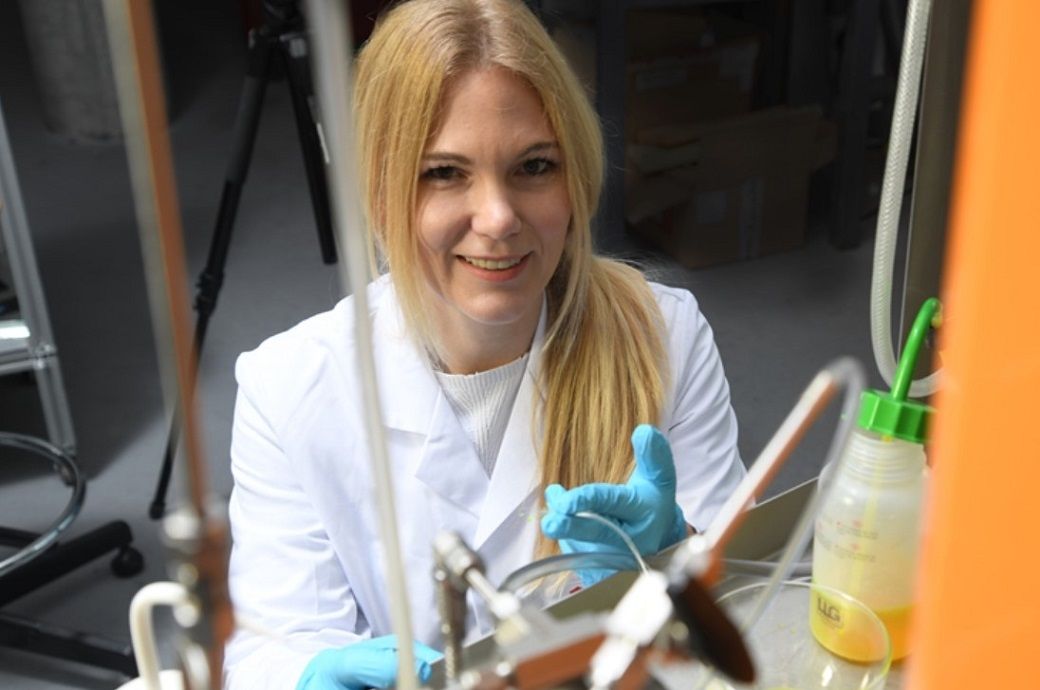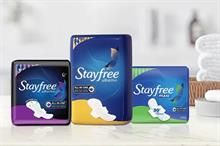
Researchers at the Swiss Federal Laboratories for Materials Science and Technology (Empa) are developing advanced polymer fibres capable of precisely dispensing active ingredients over the long term, addressing the limitations of medical products like ointments and syringes, which often fall short in delivering medication locally and in a controlled manner over extended periods. These ‘liquid core fibres’ can be integrated into medical textiles, offering significant advancements in wound treatment and inflammation management.
The primary advantage of targeting a wound or inflammation directly is the immediate delivery of the active ingredient to its target, minimising side effects on other body parts. Conventional methods struggle with precise dosing over time. Once ointment leaves its tube or injection fluid flows out of a syringe, controlling the amount of active ingredient becomes nearly impossible.
Edith Perret from Empa's Advanced Fibers laboratory in St Gallen is spearheading the development of medical fibres with unique inner properties. These polymer fibres encase a liquid core filled with therapeutic ingredients, enabling the creation of medical products like surgical sutures, wound dressings, and textile implants that can release painkillers, antibiotics, or insulin over time. Another goal is to achieve patient-specific drug dosages, aligning with personalised medicine, Empa said in a news release.
A critical element in transforming conventional textile fibres into medical products is the fibre sheath material. The team selected polycaprolactone (PCL), a biocompatible and biodegradable polymer already successful in medical applications. The PCL fibre sheath encases the therapeutic substance and releases it gradually. Using a unique pilot plant, researchers produced PCL fibres with a continuous liquid core via melt spinning. Initial lab tests yielded stable and flexible liquid-core fibres. Collaborating with a Swiss industrial partner, the Empa team demonstrated the scalability of this process from lab to industry.
The release parameters of the enclosed agent were initially tested using fluorescent model substances and subsequently with various drugs.
"Small molecules like the painkiller ibuprofen gradually move through the outer sheath structure," said Perret. Conversely, larger molecules are released from the fibre ends.
Thanks to multiple parameters, the properties of the medical fibres can be finely tuned. Extensive analyses using fluorescence spectroscopy, X-ray technology, and electron microscopy revealed how sheath thickness and crystal structure influence the drug release rate from the liquid core fibres. The manufacturing process can also be adapted depending on the active ingredient. Active ingredients that withstand high temperatures during melt spinning can be directly integrated into the fibre core. For temperature-sensitive drugs, the team developed a method where a placeholder initially fills the liquid core, later replaced by the sensitive active ingredient.
Fibre2Fashion News Desk (DP)

